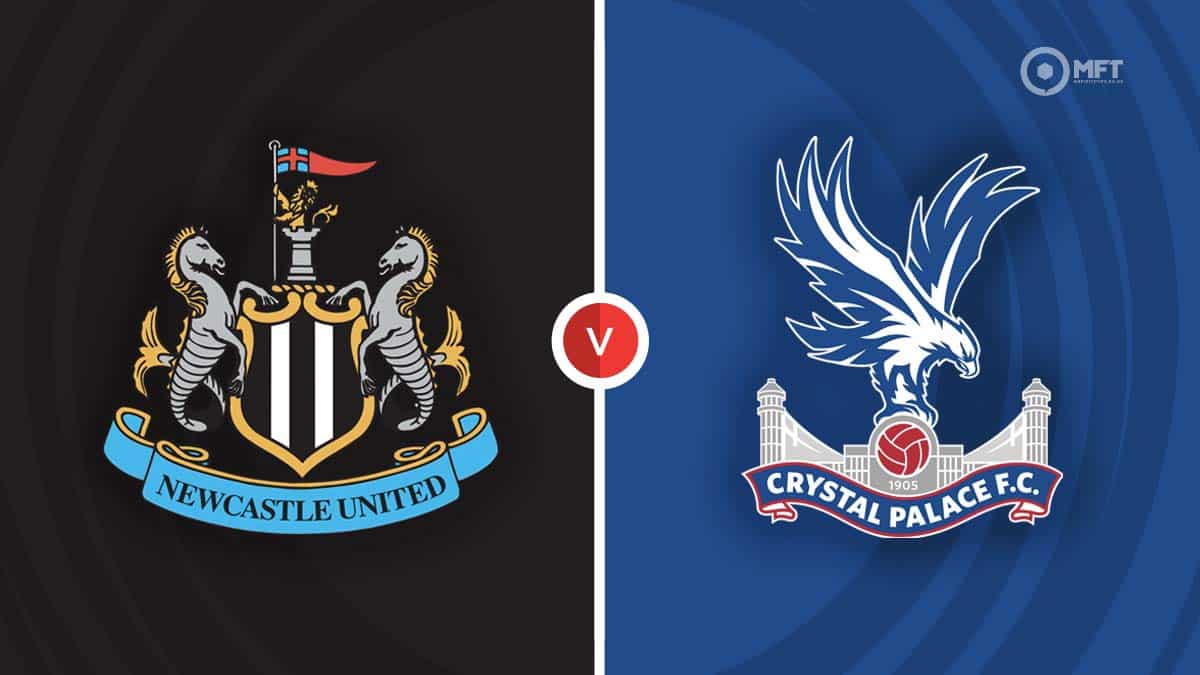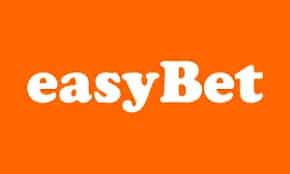Most bettors sooner or later come across the term “yield”. This is not a magical spell that can help win millions from a bookmaker. But an indicator that allows you to assess how effective your betting is and much more. What does it mean in practice? Let us explain a little bit more.
Yield – definition
The term “yield” like many others used in bookmaking, comes from the English language. According to the dictionary, it means “crop, extraction, obtainment”. In bookmaking, “yield” comes from the world of finance, where it refers to the profitability of investments or in other words – ROI (return on investments). In the case of bookmakers, this indicator expresses the ratio of the player's earnings to the expenses he or she incurs on coupons.
How to calculate yield?
Contrary to appearances, calculating the yield coefficient is not hard. You need to subtract all the money you bet from the total amount won and then divide the result by all the money you bet. Finally, you need to multiply the result by 100% because the rate of return is expressed as a percentage.
Formula for yield
To calculate yield, use the following formula: [(TW – TB) / TB] x 100%
Legend:
- TW – total winnings;
- TB – total amount bet.
The following example should serve as a detailed explanation.
You bet on three coupons, each for £100. In the first one, you chose Manchester United to win against Chelsea at a rate of 1.80. In the second one you bet on Atletico Madrid's triumph over FC Barcelona at a rate of 2.00. And in the third one you bet on Borussia Dortmund to win against Bayern Munich, which the bookmaker valued at 2.85. The first two coupons were winners, but unfortunately, you had to throw away the third one.
The winnings from the first coupon are (£100 x 0.88 /tax/) x 1.8 = £158.40.
The winnings from the second coupon are (£100x 0.88) x 2 = £176.
The third coupon brought you exactly £0, so your total winnings from the three coupons are £158.40 + £176= £334.40.
The bets cost you £100 + £100+ £100 = £300.
Your yield, in this case, is [(334.40 – 300): 300] x 100% = 11.47%.
Yield and number of bets
Yield is a reliable tool, but its power can only be understood from a long-term perspective. Why? Look at the two players below.
- Andrew – 14 bets in the last seven days and a yield: 36%;
- Greg – 1200 bets in the past year and a yield: 8.3%.
At first glance, it seems that Andrew is the better player because he has a much higher yield. But, he achieved it over a week with only 14 bets. Of course, it is not said that Andrew will not maintain a good streak in the coming weeks. Yet, in the circles of experienced bettors, a yield of a few percent is already considered high, so in this case, it is more likely that Greg is the person who knows what he is doing in sports betting. Meanwhile, Andrew's actual effectiveness remains a big question mark, as it could have happened that one winning ticket for a large sum increased his coefficient.
Yield and stakes
It is not always the case that a player with a greater number of correct bets will achieve a higher yield than one who is wrong more often. Besides accurate betting, two more things are important. Firstly, skillful selection of stakes is also important. Without having the right betting strategy, it can happen that after 8 winning bets out of 10 placed, you will still be at a loss, while someone else will break even at 6/10. Secondly, rates on chosen events are varying from one bookmaker to another. Differences in many cases can be really significant. So that’s why it’s so important to register with a few bookmakers, so your chances for getting higher ROI can be much higher. And one of those places where you can find other bookies are websites like our or https://najlepsibukmacherzy.pl/ranking-legalnych-bukmacherow/. There not only you can discover new bookies but also find promotions for new users or match boots that can increase your reward.
Yield and odds
A bettor who cares about his yield looks for the highest odds for a given event. If you know the formula for calculating this coefficient, then you can check how much the potential return rate will increase or decrease after switching from bookmaker A to bookmaker B.
High yield, but at what period?
It depends on the period we are talking about. A yield from the last seven days and ten bets at the level of several dozen percent is nothing special, while a return rate of several percent over 12 months and 1500 bets is considered a fantastic result. Investors in financial markets usually boast about data from the last year, so when assessing the effectiveness of a sports bettor, it is wise to stick to this rule.
To conclude, why is it worth “befriending” the yield coefficient?Above all, for your own safety. Thanks to it, you can control your game with a bookmaker and check whether placing coupons brings you profit or generates only losses. So if you want to be a pro, better befriend this term.
































 GambleAware
GambleAware